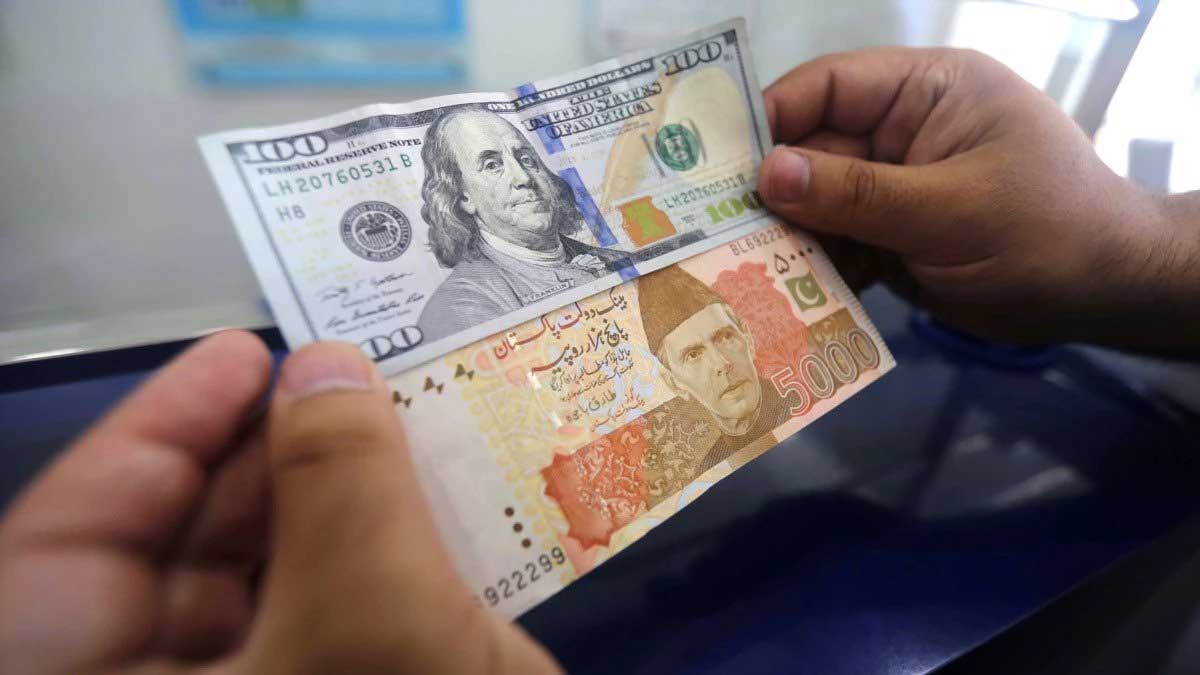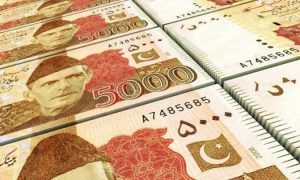The Pakistani Rupee (PKR) is facing a challenging road ahead, as analysts predict a potential drop against the US Dollar. According to Trading Economics, expectations point towards the PKR falling to 293.52 against the greenback by the end of September 2023 and potentially as low as 317.29 by June 2024. This projection is supported by the Ministry of Energy (Power Division), which projects a touch of 325 against the USD by the end of the fiscal year.
To add to the concerns, Bank of America (BoFA) Securities has expressed its views in a recent report, suggesting that mounting debt, high inflation, and an increasingly high central bank policy rate could push the rupee to as low as 340 against the dollar by June 2024.
BoFA’s report, titled ‘Pakistan Viewpoint – Running out of ‘orthodox’ options,’ highlights the fact that although the PKR had earlier reached its ‘fair value’ of 286 against the USD this year, heavy domestic borrowing of Rs. 2.5 trillion may contribute to a potential depreciation of the local currency by up to 25 percent, reaching as low as 340 against the US Dollar.
The report also indicates that inflation is expected to remain strong in the coming years, with an estimated 26 percent in the financial year 2023-24. Furthermore, BoFA predicts that the State Bank of Pakistan’s key policy rate may rise to 25 percent this year, up from its current level of 22 percent.
On a positive note, BoFA forecasts Pakistan’s economy to grow by 2.5 percent this year, although falling short of the government’s projections of 3.5 percent during FY24.
While the report acknowledges the optimism surrounding the new IMF lending program, it emphasizes that Pakistan is currently grappling with a severe liquidity crunch in external and domestic debt servicing. As a result, traditional strategies to maintain financial stability are becoming increasingly limited. BoFA suggests a potential full reprofiling of bilateral debt beyond FY2024/2025 and the likelihood of commercial debt restructuring.
Read More: Dollar Will Settle at Its ‘Real Value’ of Rs. 250: Ishaq Dar
In this challenging economic landscape, authorities may need to rely heavily on the State Bank of Pakistan in the domestic market, where liquidity is significantly tighter. The ability to cope with growing debt servicing costs will largely depend on the short-term political climate.
It is worth mentioning that the Budget FY24 encompasses substantial debt servicing costs, amounting to roughly $25.6 billion (Rs. 7.3 trillion). This accounts for half of the total budget expenditure and 80 percent of the expected tax revenue for the fiscal year.
As elections approach in the coming months, they may offer some support for policy reforms and market trends. However, it remains crucial to closely monitor the economic situation and implement appropriate measures to mitigate the challenges ahead.



























